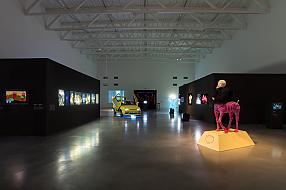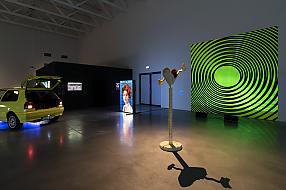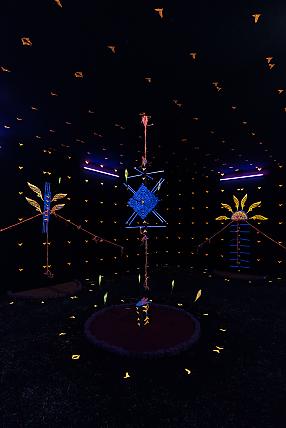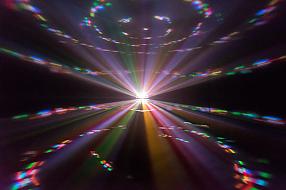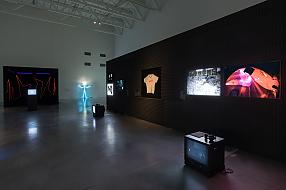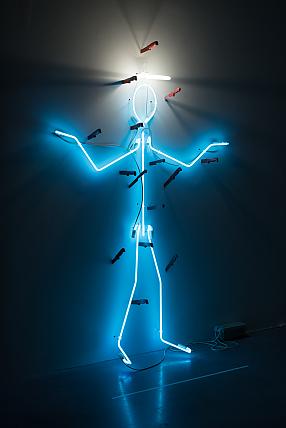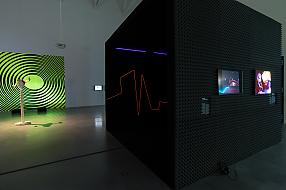140 beats per minute
Rave culture and art in 1990s Poland
The exhibition 140 Beats per Minute explores the links between rave culture and contemporary art in Poland in the 1990s. This year’s version of the exhibition in the newly opened pavilion of the Museum on the Vistula expands the show prepared by the Museum of Modern Art in Warsaw for the Open’er Festival in Gdynia in 2016, which was funded and produced by Alter Art, the promoter of the festival.
The title is a reference to the number of beats per minute in classic techno music. Jacek Sienkiewicz, a pioneer of techno in Poland, whose works are presented in the exhibition, played in this tempo in the 90s. The term “rave” is used to refer to underground dance events with electronic music—mainly techno which took hold in Poland along with the transformation in the political and economic system in the early 1990s. On one hand they were an expression of the authentic if often naive optimism of the period of transformation. On the other hand they manifested the anxieties of those times of civilizational and technological acceleration.
The rave/techno culture was the music subculture that appeared after 80s punk, engag-ing visual artists fascinated by how the rave community came together in reaction to the neoliberal atomization, privatization and hierachization of society. It was also a new subculture, after the hippies, to show such interest in the visual. Images were as important for them as dance and music. It was the first time a dance party became an equally important medium for visual artists. Galleries became dance clubs, exhibitions turned into rave parties.
